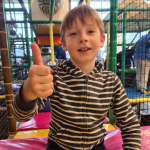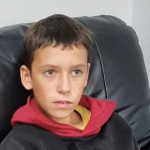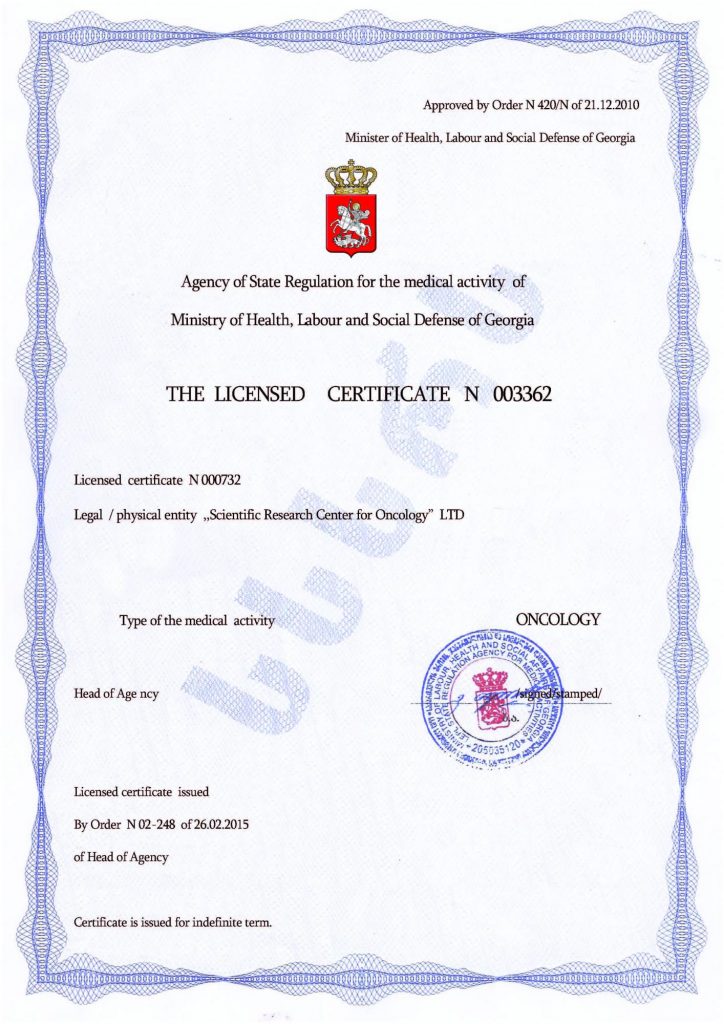Why Do Children with Autism Enjoy Collecting Figurines?
One of the distinctive interests often observed in individuals with autism is the collection of miniature figurines. The themes vary widely from person to person, but regardless of the specific subject, this interest is closely connected to how autistic individuals perceive and process information.
- Sensory Pleasure
A significant—and often primary—reason behind collecting figurines is the desire for positive sensory experiences. Figurines often have textures, shapes, colors, or weights that are particularly pleasing to individuals with autism. For those who are hypersensitive or hyposensitive to sensory stimuli, interacting with such objects (examining, sorting, or touching them) is not only soothing but also joyful. The act of organizing the collection by size, color, or other characteristics provides both visual and tactile satisfaction. - Desire for Predictability and Control
Another key factor is the need for predictability and a sense of control. A collection represents an ordered, predictable world. Figurines are static, and their arrangement depends solely on the owner. In a real world that often feels chaotic and confusing to someone with autism, a figurine collection can become a safe haven of stability and order. - Passion for Systematization and Categorization
Collecting can also reflect a deep drive for systematization and categorization. Many autistic individuals enjoy organizing things, notice even the smallest details, and are capable of intensely studying specific topics of interest. Figurine collecting aligns perfectly with these traits—items can be grouped by character, franchise, manufacturer, or year of release. Learning about the history and design of figurines can even lead to expertise in a particular field. - A Physical Manifestation of Special Interests
Autism is often characterized by intense, focused special interests, and figurine collections frequently serve as a tangible representation of those passions. Whether it’s dinosaurs, anime, comics, history, or a specific video game, collecting related figurines becomes more than a hobby—it becomes an essential form of self-expression and a source of deep personal joy. - Development of Social Skills
Collecting figurines can also help develop social skills, an area where many autistic individuals face challenges. Collections can serve as:
- A conversation starter. Discussing figurines or sharing information with like-minded individuals (especially online) provides a comfortable social interaction context.
- A form of self-expression. A collection is a non-verbal way to share personal interests with the world.
- A source of fulfilling solitude. Sorting, expanding, and studying a collection can be a satisfying, independent activity that allows for peaceful alone time.
- A Tool for Self-Regulation
This hobby plays a vital role in calming the mind and supporting emotional regulation. The act of sorting, arranging, or simply looking at a familiar and cherished collection can help alleviate anxiety, stress, or sensory overload. In essence, it functions as a form of self-stimulation (stimming) that contributes to emotional balance.
Not Just a Hobby, but a Meaningful Activity
It’s important to understand that collecting figurines is neither a childish pastime nor a symptom of autism—it serves a much more significant role. The difference between autistic and neurotypical individuals lies primarily in the intensity, depth, and function the collection serves (e.g., as a regulatory tool or main source of joy). Collecting figurines is a multifaceted activity that meets sensory needs, supports order and learning, and gives life to personal interests.
Collecting does not negatively impact psychological well-being or physical health. On the contrary, for instance, manipulating small items helps develop fine motor skills. However, this does not eliminate the need to address autism itself and its broader manifestations.
A New Approach: Stem Cell Therapy
The most effective and rapid progress in addressing neurodevelopmental disorders, including autism, can be achieved through cellular therapy. This innovative method involves the transplantation of stem cells, which possess the unique ability to transform into other cell types. As a result, defective cells that fail to function properly are replaced with healthy ones.
This therapy is considered safe and natural because it essentially stimulates the body’s own healing processes. The outcome is normalization of brain and nervous system function, stabilization of behavior, accelerated development of various skills, and a noticeable reduction or complete disappearance of autistic symptoms. These changes are long-lasting and often permanent, significantly increasing the effectiveness of additional supportive interventions.
Although stem cell therapy is a relatively new development, it has already proven to be far more effective than traditional treatment methods. This gives strong reason to believe that it may become the primary approach for treating not just autism symptoms but the condition itself in the future.
Currently, only a few top medical centers around the world offer this therapy. One of them is the Mardaleishvili Medical Center, where experienced doctors have successfully implemented stem cell transplantation with excellent results. The clinic is equipped with cutting-edge technology that maximizes the therapy’s effectiveness.
An added advantage is the comprehensive support provided throughout the entire process—from planning the trip to arranging accommodation during the rehabilitation period.
Fill out the feedback form and take the first step toward a full, happy life!
Autism Treatment Center Videos
Autism treatment with own stem cells
Cord blood association congress
International Quality Crown
Autism Treatment Reviews
Autism treatment with own stem cells
The story of Alessandro (6 years old)
Autism Patient Testimonial - Stem Cell Treatment
Clients Testimonials

Review by Anastasia, mother of Yusup (8 years old) Read More

Feedback from Nathalie, mother of Andre (9 years old) Read More

Feedback from Yulia, mother of Emily (7 years old) Read More

Feedback by Everita, Katrina’s mother (5 years old) Read More

Feedback from Igor, David’s father (12 years old) Read More












